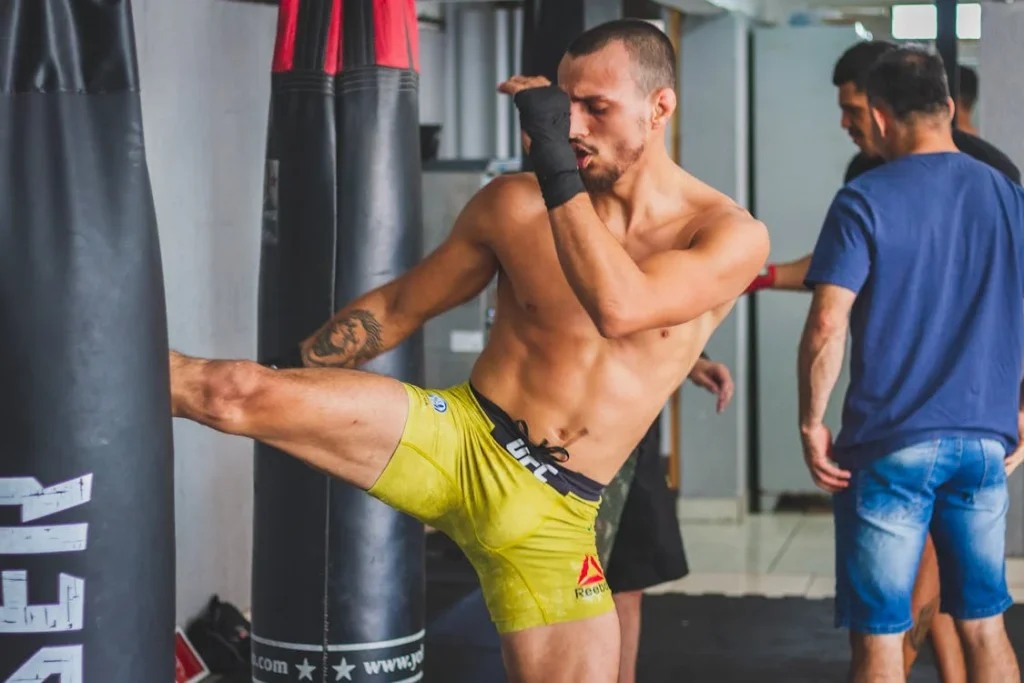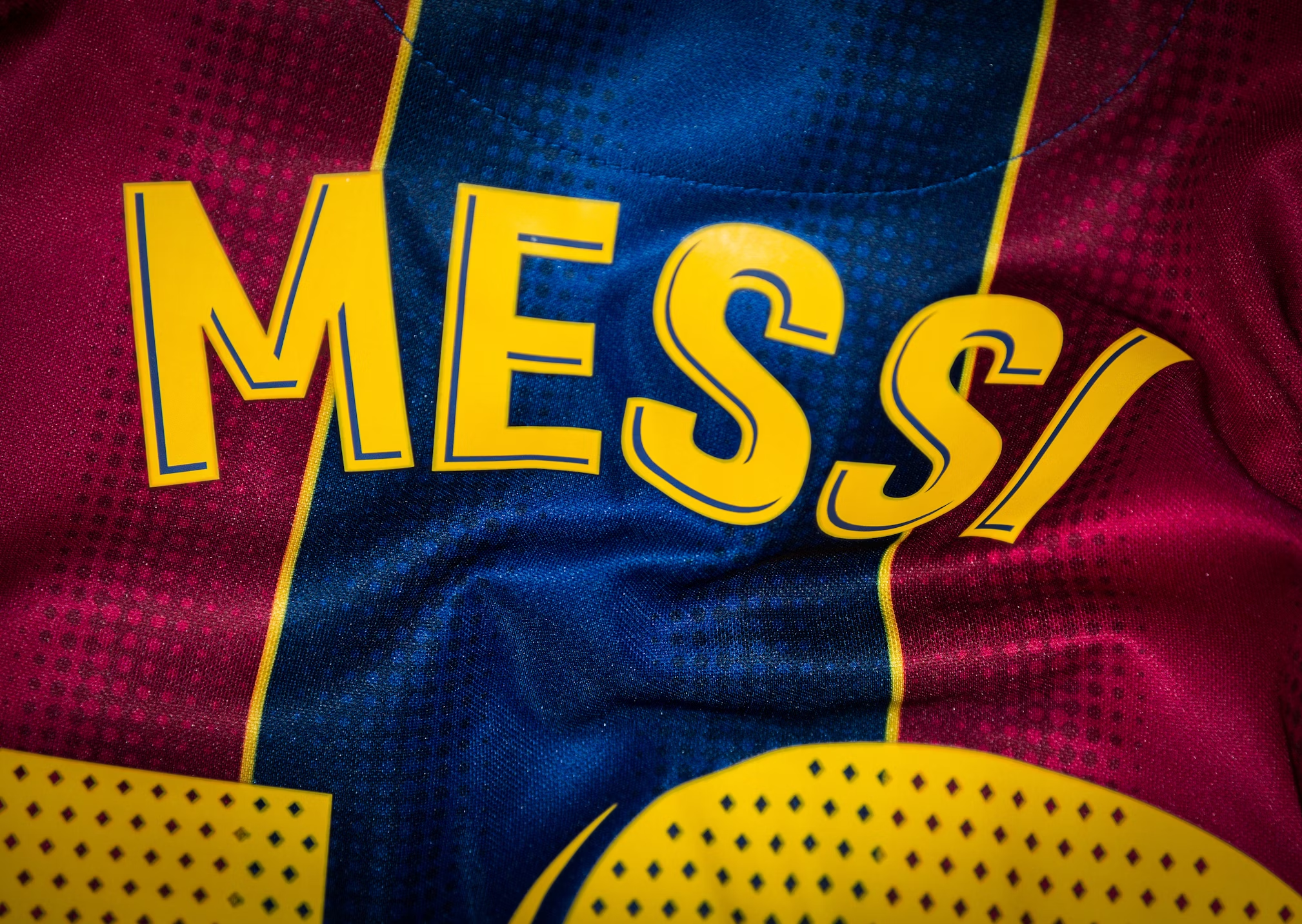Mastering the High Kick: A Blend of Power, Flexibility, and Technique
When you see a high kick executed flawlessly—whether in a martial arts demonstration, a dance performance, or a cheerleading routine—it’s nothing short of awe-inspiring. The high kick is a powerful move that combines strength, flexibility, and precision, showcasing a performer’s agility and skill. In this blog post, we’ll explore the nuances of the high kick, its applications across different disciplines, and tips for perfecting this impressive technique.

The High Kick: An Overview
The high kick, also known as a high leg kick, involves lifting one leg to a high position while maintaining balance and control. The height and execution of the kick can vary depending on the discipline, but the core elements of power, flexibility, and precision are consistent across all forms.
Applications of the High Kick
The high kick is used in various disciplines, each with its own focus and style:
- Martial Arts: In martial arts such as Taekwondo, Kickboxing, and Muay Thai, the high kick is a fundamental technique. It’s used for both offensive and defensive purposes, allowing practitioners to strike opponents from a distance and create openings in their defenses.
- Dance: In dance forms like ballet, jazz, and contemporary, the high kick is often incorporated into choreography. It adds dynamic movement and visual appeal, demonstrating the dancer’s strength, flexibility, and coordination.
- Cheerleading: Cheerleaders use high kicks to enhance their routines, adding energy and flair to their performances. High kicks in cheerleading are usually performed with precision and synchronization, often accompanied by jumps and other acrobatic elements.
Key Components of a High Kick
Executing a high kick effectively involves mastering several key components:
- Flexibility: To perform a high kick, you need a significant range of motion in your hip flexors, hamstrings, and lower back. Flexibility exercises and stretching routines are essential for achieving and maintaining the necessary height and form.
- Strength: Strong core muscles and leg muscles are crucial for balance and control during the kick. Strength training, including exercises like squats and lunges, helps build the power needed for a high and controlled kick.
- Balance: Maintaining balance while kicking high requires coordination and stability. Practice balance exercises and focus on engaging your core muscles to stay upright and centered during the kick.
- Technique: Proper technique is vital for an effective high kick. This includes correct foot positioning, body alignment, and a smooth, controlled motion. Each discipline has specific techniques, so focus on the nuances relevant to your practice area.
Tips for Perfecting Your High Kick
Improving your high kick involves a combination of flexibility training, strength building, and technique refinement. Here are some tips to help you master the high kick:
- Warm Up Thoroughly: Always start with a proper warm-up to prepare your muscles and joints. Include dynamic stretches and mobility exercises to increase blood flow and reduce the risk of injury.
- Incorporate Stretching: Regularly stretch your hamstrings, hip flexors, and quadriceps to improve your flexibility. Use both static and dynamic stretching techniques to enhance your range of motion.
- Strengthen Your Core and Legs: Perform strength training exercises to build power and stability. Focus on exercises that target the muscles used in kicking, such as squats, lunges, leg raises, and planks.
- Practice Technique: Focus on perfecting your kicking technique. Pay attention to foot placement, hip alignment, and the smoothness of your motion. Work with a coach or instructor to receive feedback and make adjustments.
- Use Proper Form: When kicking, ensure your supporting leg is straight and strong, and keep your upper body upright. Engage your core muscles to maintain balance and control.
- Gradually Increase Height: Start by kicking at a lower height and gradually increase the range as your flexibility and strength improve. Avoid pushing yourself too quickly to prevent strain or injury.
- Incorporate Drills: Practice specific drills that target the high kick. For martial artists, this might include kicking against a pad or bag; for dancers, it could involve integrating high kicks into choreography.
- Cool Down: After practice, perform a cool-down routine to help your muscles recover. Include static stretches and gentle movements to reduce muscle soreness and improve flexibility.
Common Challenges and Solutions
- Limited Flexibility: If you struggle with flexibility, focus on regular stretching and mobility exercises. Consider working with a trainer or physical therapist to develop a personalized stretching routine.
- Balance Issues: If maintaining balance is challenging, practice balance exercises like single-leg stands and stability exercises. Strengthen your core to improve overall stability.
- Lack of Height: If you’re not achieving the desired height, review your kicking technique and ensure you’re engaging your leg muscles fully. Gradually increase the height of your kick as your strength and flexibility improve.
Conclusion
The high kick is a spectacular and versatile move that requires a blend of flexibility, strength, and precise technique. Whether you’re a martial artist, dancer, or cheerleader, mastering the high kick can elevate your performance and showcase your physical prowess. With dedicated practice, proper training, and attention to technique, you can perfect this dynamic move and make a lasting impression in your chosen discipline. So lace up your shoes, warm up, and get ready to kick high and reach new heights!










